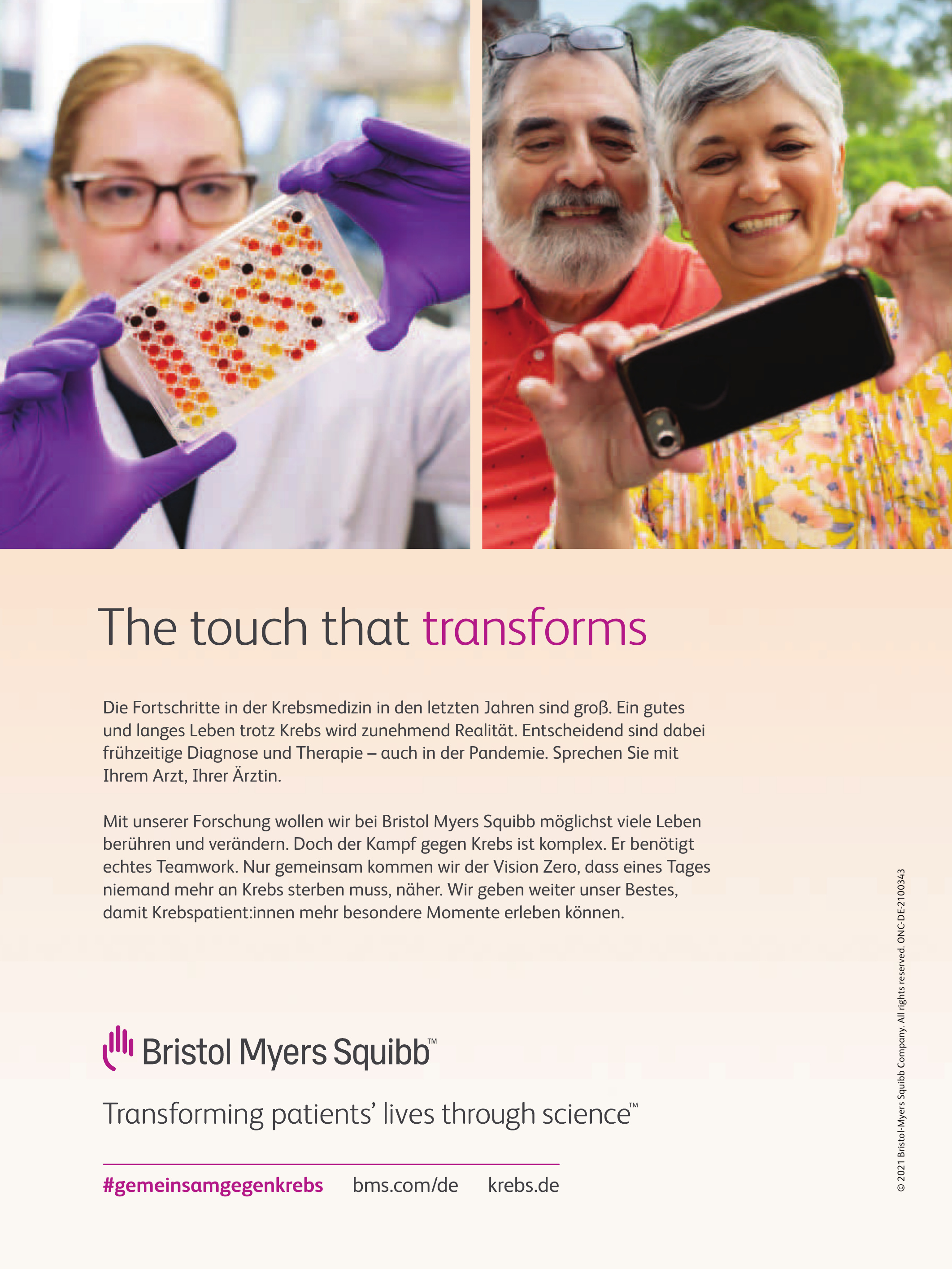There has long been speculation about why children are significantly less likely to develop severe COVID-19 than adults, despite being exposed to the same risk of infection.

TEXT Irina Lehmann, Berlin Institute of Health in der Charité
It’s apparent that children can control the infection better, but the exact molecular mechanisms for this were not known until now. We, i.e., the scientists at the Centre for Digital Health at BIH, which is headed by Roland Eils, wanted to understand why viral defence seems to work so much better in children than in adults.
Children are the focus of interest
Since the beginning of the pandemic, we have been working with clinicians at Charité to track down the COVID-19 disease mechanisms. Using single cell analyses of adult nasopharyngeal swabs, we were able to identify the cells and pathways that are assumed to be responsible for severe disease progression. We collected these from children and adults infected with SARS-CoV-2 and studied the disease courses. “Most of the infected children had only mild symptoms, such as a cold or slightly elevated temperature, and the symptoms eased after a few days,” the paediatric clinicians told us. And they wanted to know why that was. We then performed so-called single-cell transcriptome analyses in the samples obtained from the paediatricians. This means that we examined which genes were read in which cells and how frequently. In total, we analysed 268,745 cells from 42 children and 44 adults for this study.
Prepared for the fight against SARS-CoV-2
We were surprised by the results: The immune and epithelial cells in the nasal mucosa of healthy children were already on heightened alert and prepared for the fight against SARS-CoV-2. For a rapid immune response against the virus, so-called pattern recognition receptors must be activated, which recognize the genetic material of the virus, the viral RNA, and initiate an interferon response. When SARS-CoV-2 infects a cell, it normally overrides this early warning system, as a result of which this anti-viral response is usually rather weak and the virus can proliferate massively in the cell. However, in the children’s cells studied, this pattern recognition system was much stronger than in adults, especially in the first days after infection, so that once the virus arrives in the cell, it can be quickly recognized and combated. The results we obtained fit very well with data published in previous studies indicating that children have a lower viral load and eliminate the virus more rapidly than adults.

Pattern recognition for virus defence

To prove that it is precisely this mechanism that leads to rapid elimination of SARS-CoV-2 and protects children, we collaborated with Dr Marco Binder. The Heidelberg team led by the virologist at the German Cancer Research Centre (DKFZ) infected lung epithelial cells with SARS-CoV-2 in the laboratory and were able to show that the presence of precisely those pattern recognition receptors that are more pronounced in children determines whether infected cells can respond quickly enough to infection with the virus. These laboratory experiments thus confirmed that the differences we observed in viral defences between children and adults are crucial for the course of infection.
Tracking down the protective factors
What we also learned from our studies is that there are not only risk factors for severe COVID-19 disease progression, but apparently also protective factors and mechanisms of our immune defences. With this knowledge, the next step is to think about the further application of our results. It is still only something that lies in the distant future, but it would be possible to actively induce a protective anti-viral response, as observed in children, in adults as well, in order to protect particularly high-risk patients from severe disease.
Sources
J. Loske et al. “Pre-activated antiviral innate immunity in the upper airways controls early SARS-CoV-2 infection in children”; Nature Biotechnology, 2021, DOI: https://doi.org/10.1038/ s41587-021-01037-9
Programme tips
2. NOV 16.00, digital, Deutsch
Hoffnungsträger Immunforschung – eine Perspektive für den verwundbaren Menschen?
ORGANISER
Boehringer Ingelheim Stiftung
4. NOV 16.00, digital, English
Future Medicine Round Table 2021
ORGANISER
Der Tagesspiegel, Berlin Institute of Health at Charité
5. NOV 10.00, hybrid, English
The Future of Digital Health
ORGANISER
Tohoku University Sendai
5. NOV 16.30, In Person, Deutsch
Modellierung: Der Ausweg aus der Covid-19-Krise?
ORGANISER
Französische Botschaft in Deutschland
8. NOV 18.00, hybrid, English
How (not) to Increase Vaccination Willingness
ORGANISER
Cluster of Excellence – Contestations of the Liberal

Professor Irina Lehmann is an environmental epidemiologist who has been studying the role of environmental and lifestyle factors in shaping disease risk in early childhood. She was appointed to the Berlin Institute of Health at the Charité Hospital in 2018, having previously worked at the Helmholtz Centre for Environmental Research in Leipzig for 18 years.
Erschienen im Tagesspiegel am 15.10.2021




